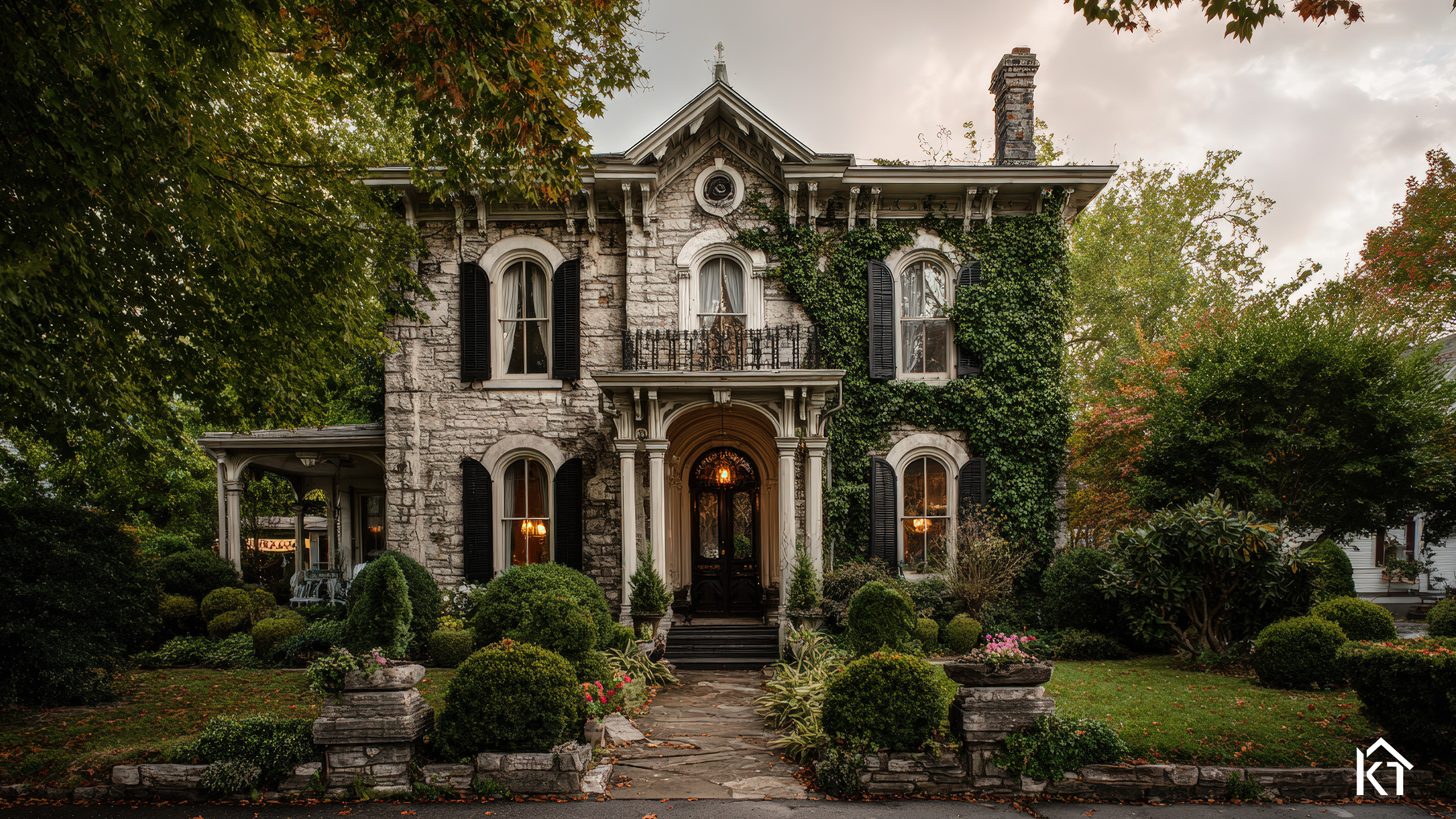Do Open Houses Increase the Chances of Selling Your Home?
In the fast-paced world of real estate, sellers often wonder if traditional tactics like open houses still hold value. With digital tools dominating the home-buying process, open houses—public events where potential buyers can tour a property without an appointment—remain a debated strategy. While they can boost visibility and create buzz, their direct impact on sales is limited.
The Role of Open Houses in Modern Real Estate
Open houses have long been a staple in home selling, typically held on weekends to allow casual walkthroughs. As buyers increasingly start their searches online, open houses serve more as a supplementary marketing tool rather than the primary discovery method. According to the National Association of Realtors (NAR), 96% of buyers in 2022 began their hunt digitally, with only 1% kicking off at an open house.
Yet, they persist because they offer an in-person experience that photos and videos can’t fully replicate, helping buyers envision themselves in the space.
In a market influenced by post-pandemic shifts and new buyer-agent agreements, open houses can attract unrepresented buyers hesitant to commit to agents early.
The Pros of Hosting an Open House
One major advantage is increased exposure. Open houses draw in a broader audience, including out-of-town visitors or those not actively searching, potentially leading to private showings or offers. They create a low-pressure environment where buyers can explore freely, fostering emotional connections that might spur quicker decisions. In competitive markets, seeing other attendees can ignite urgency, sparking bidding wars and higher offers.
Additionally, open houses provide valuable feedback. Agents can gather insights from visitors on pricing, staging, or needed repairs, allowing sellers to make adjustments for a faster sale.
For sellers, they’re efficient: preparing once for a group event is less disruptive than scheduling multiple individual viewings. Realtors often note that open houses build momentum early in a listing, especially if held the first weekend after going live.
Properties with unique features, like stunning views or custom upgrades, shine in person, making open houses ideal for showcasing them.
The Cons and Potential Drawbacks
Despite the benefits, open houses have notable downsides. They often attract “lookie-loos”—curious neighbors or unqualified browsers—who aren’t serious buyers, wasting time and resources.
Security risks are a concern; inviting strangers increases chances of theft, vandalism, or privacy breaches, so sellers must hide valuables and secure personal info.
Preparation is labor-intensive: deep cleaning, staging, and vacating the home can be stressful, especially for families with kids or pets.
In luxury markets or high-crime areas, they’re less effective, as affluent buyers prefer discreet private tours.
Many realtors admit open houses primarily generate leads for themselves rather than sell the home, with some viewing them as more agent-centric than seller-focused.
What the Data Says: Statistics on Effectiveness
Data paints a mixed picture. NAR reports that only 4% of buyers found their home through an open house or yard sign, with under 7% of sales directly resulting from these events. A commonly cited figure is 2-3% of sales stemming from open houses, though realtors debate its accuracy, arguing it underestimates their role in the broader process.
However, 50% of buyers attend open houses during their search, viewing an average of 2.6 before purchasing.
This suggests up to 37% may have visited an open house for the property they bought, combining various data points.
Zillow’s 2024 report shows 65% of sellers hosted 1-3 open houses, up from 49% in 2018, indicating rising popularity amid market shifts. In 2025, with NAR settlements potentially boosting attendance, their indirect influence could grow.
When Open Houses Make Sense (and When They Don’t)
Open houses excel in slower markets or for entry-level, turnkey homes in family-friendly neighborhoods, where first-time buyers seek weekend convenience. They’re less ideal for high-end properties or areas with low foot traffic. Market conditions matter: in hot sellers’ markets, they amplify competition; in buyer’s markets, they might not yield results. Realtors emphasize tailoring to your situation—consult an agent to assess local trends.
Alternatives to Traditional Open Houses
If open houses feel outdated, alternatives abound.
-
- Virtual tours and 3D walkthroughs let buyers preview remotely, appealing to out-of-state shoppers and reducing in-person risks.
- Strong online listings with high-quality photos dominate, as 41% of buyers start digitally.
- Private showings target serious, pre-approved buyers.
- Some platforms offer cash sales without showings, closing in days.

For Your Consideration
Open houses can enhance your home’s chances of selling by boosting exposure and urgency, but they’re not a magic bullet—most sales come from other channels. With low direct conversion rates, weigh the effort against potential rewards. In 2025’s evolving market, blending traditional and digital strategies often yields the best results. Ultimately, partnering with a knowledgeable real estate professional can help decide if an open house fits your selling goals.
For More Home Buying and Selling insights, join my Free newsletter by clicking HERE.


You must be logged in to post a comment.